
Choosing the right printing method can make all the difference in the quality, feel, and durability of your custom apparel.
Direct-to-Garment (DTG) and Direct-to-Film (DTF) printing are two popular options, each with unique strengths and ideal uses.
This article will explore how DTG and DTF work, their advantages, and which method suits your specific needs best—helping you make an informed decision for your printing projects.
Learn About DTG Printing and DTF Printing
DTG Printing
Direct-to-Garment (DTG) printing is similar to using an inkjet printer, but instead of printing on paper, it applies ink directly onto clothing.
The process sprays water-based inks straight onto the fabric, creating detailed and vibrant designs. DTG works best with natural materials such as cotton.
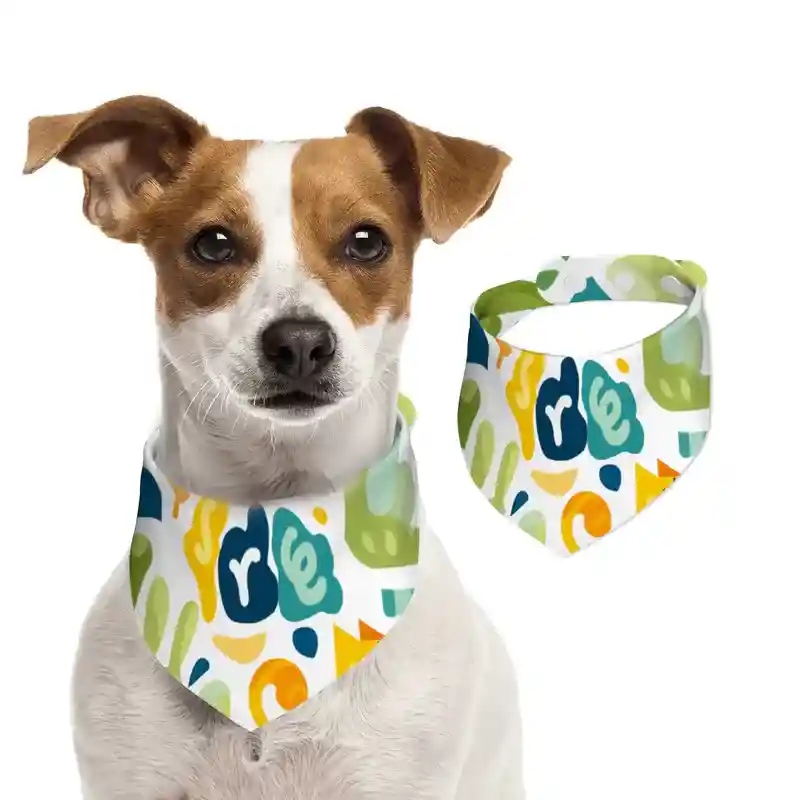
Custom Pet Cotton Bandana - Print on Demand Fulfillment - PrintKK
Advantages of DTG:
- Prints feel soft and blend well with the fabric
- Ideal for small batch or one-off orders
- Capable of producing detailed and colorful prints
Disadvantages of DTG:
- Performs better on lighter-colored garments
- Print durability can lessen after multiple washes
- Mostly suitable for natural fibers, limiting fabric choices
DTF Printing
DTF means Direct-to-Film printing. This method prints the design onto a special film first. Then, the printed film is transferred to the fabric using heat and adhesive powder.
DTF can print on many types of materials, including cotton, polyester, and blends.
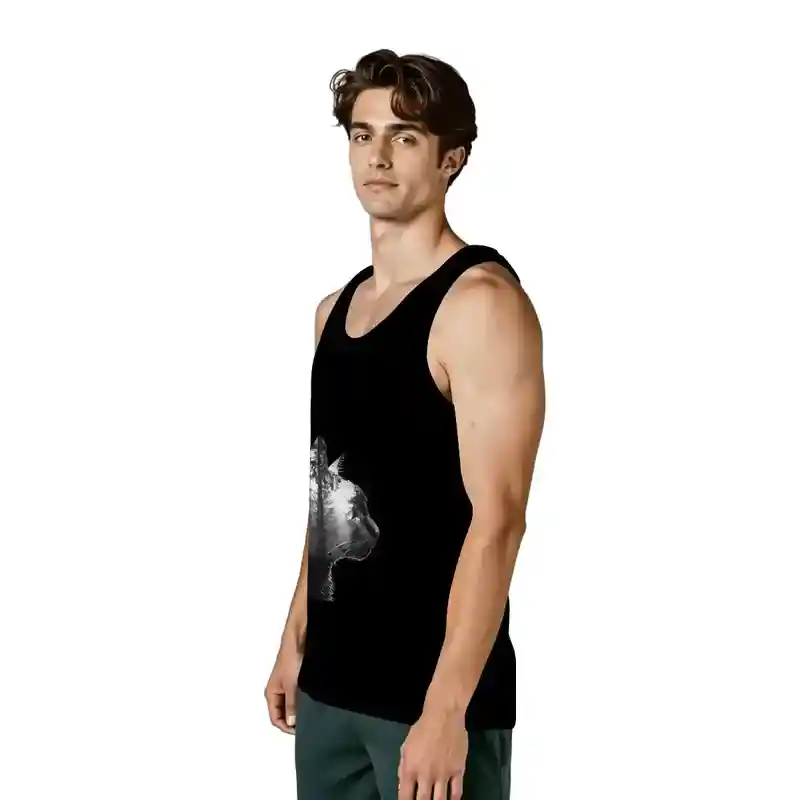
Print on Demand ZUNI Men's Cotton Tank Top Customized Services - Men's Clothing - PrintKK
Advantages of DTF:
- Works on many fabric types, including dark and synthetic fabrics
- Durable prints with vibrant colors
- Good for various garment materials
Disadvantages of DTF:
- Prints may feel thicker or stiffer
- Slightly different texture compared to DTG prints
Both methods offer useful options. Choosing the right one depends on your project's needs.
DTG Print vs DTF Print: Key Differences
Printing Process
DTG printing works by applying ink directly onto the fabric, much like how an inkjet printer works on paper—only for clothing.
DTF, however, first prints the design onto a transparent film. Then, using heat, it transfers the image from the film onto the fabric.
Fabric Compatibility
DTG performs best on 100% cotton because the ink soaks deeply into the fibers.
DTF is more flexible and can print on many different fabrics, including polyester, cotton blends, and others, making it a great choice for mixed-material garments.
Image Sharpness and Color Vibrancy
DTG generally offers sharp images with bright colors and detailed designs due to the ink penetrating the fabric.
DTF prints also have vibrant colors, but since the design rests on the surface instead of soaking in, fine details might not be quite as precise.
Durability Over Time
DTF prints are highly durable. The adhesive used in the process helps the print stay strong through repeated washing and wear.
DTG prints are softer to the touch but can fade or crack if not cared for properly or washed often.
Feel and Comfort
DTG prints blend smoothly with the fabric, giving a soft, comfortable feel.
DTF prints, on the other hand, may feel a bit raised or stiff at first. However, after several washes and normal use, they usually become softer and more flexible.
Quantity
DTG is ideal for small batches or single-item orders. Since it requires little setup, it's great for on-the-spot printing or unique, custom designs.
DTF, on the other hand, works well for larger batches. You can prepare multiple transfers in advance and apply them quickly, which can save time for bulk jobs.
Eco-Friendliness
DTG uses water-based inks and creates less waste, especially when printing only what's needed. Newer machines also reduce chemical use.
DTF involves heat adhesives and film, which can produce more leftover material. But it allows precise printing, helping avoid waste from mistakes.
Print on Demand
DTG and DTF printing work well for on-demand orders. You don't need to print in bulk—just one item at a time is fine. That's perfect for small runs or custom products.
At PrintKK, each product is printed only when it's ordered. No need for extra stock or pre-made designs. You can sell shirts, bags, or other items as needed.
If your business grows, PrintKK offers bulk discounts. But even single-item orders stay affordable.
DTF or DTG: Which Prints Black & White Better?
If you're printing black and white designs, DTF usually gives better results.
The black ink looks bold and clean, and the white stays bright. Since the print sits on top of the fabric, it holds up well through washing. For simple black and white graphics with open space, DTF also doesn't feel too thick or heavy.
DTG, on the other hand, feels softer because the ink sinks into the fabric. But there's a downside—black and white DTG prints can fade over time. Some users have even seen the print disappear completely after repeated washes.
Still, there's another option worth knowing: screen printing. It works great for one-color designs, especially black. It's strong, sharp, and holds up really well.
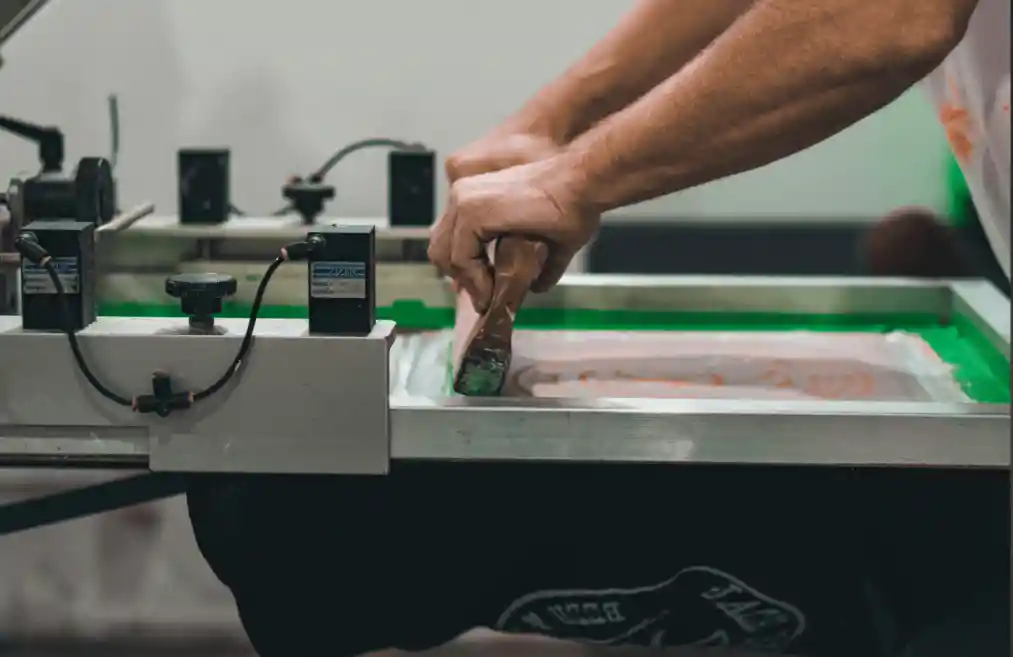
DTG vs DTF: What Wins Long-Term in POD?
If you're starting a long-term print-on-demand (POD) business, it's not just about fabric or bright colors. You should also focus on how well the print lasts and stays consistent over time.
DTG printing uses wet ink that sinks into the fabric. When done right, the result is soft, breathable, and comfortable to wear.
More importantly, DTG prints can last longer—especially when printed with quality equipment and proper care. The ink becomes part of the garment, not just something sitting on top of it.
That means less cracking and better fading resistance over time.
DTF printing transfers a printed design from film to fabric using heat and adhesive. It works on more materials and is easier to set up in high-speed POD environments.
But because the print sits on top of the fabric, it can feel less natural. Over time, the print may stay visually strong, but it won't wear the same way DTG does, especially after repeated washes.
So, if you care about comfort and lasting quality, DTG is the stronger choice. DTF works too, but it may not hold up as well over time.
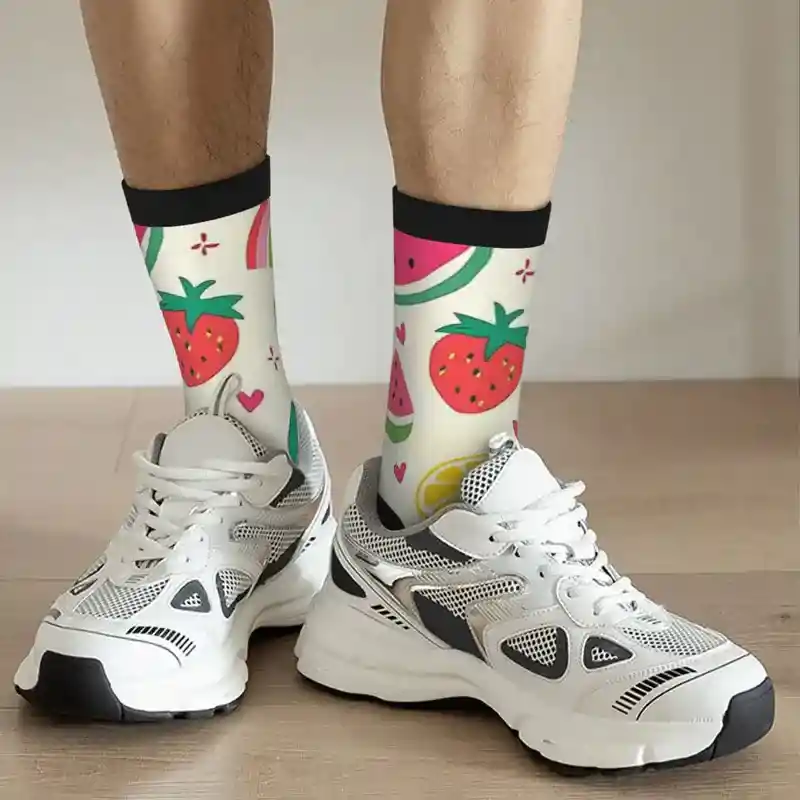
Print On Demand Color Contrast Crew Socks - PrintKK
Find Quality DTF and DTG Printing Services at PrintKK
If you're looking for high-quality DTF and DTG printing services, PrintKK is a great place to start. They offer both printing methods, which means you can get the best option for your specific needs.
Whether you want to print on clothing, bags, or accessories, PrintKK has the right technology to handle it.
With PrintKK, you get flexibility and quality. They can help you bring your ideas to life with clear, vibrant prints.
You can order just one custom piece or buy in bulk if you want to sell your designs. The prices are competitive, so you don't have to worry about overspending, no matter your order size.
Choosing between DTF and DTG is easy when you have a trusted partner who offers both options in one place.
Read More:
- Sublimation Printing vs. Screen Printing: Key Differences
- Screen Printing vs. Digital Printing: Which Print Method Is Better
So, DTG or DTF, Which Is Better for You?
Choosing between DTG and DTF printing depends on what you need.
If you want a soft feel and detailed prints on cotton, DTG is a solid option.
If you're looking for versatility, bold colors, and better durability across different materials, DTF is often the better pick.
There's no one-size-fits-all answer—but now you know the key differences. With the right method, your prints will not only look great but last longer, too.
FAQs
Which is cheaper: DTF or DTG?
DTF usually saves you money for small orders. DTG's ink and prep costs add up. Check with your printer, as prices depend on design and quantity.
Does DTF last as long as DTG?
DTF holds up better over time. Its prints stay vibrant through countless washes. DTG designs might lose their edge, especially with heavy laundry routines.
What are the disadvantages of DTF printing?
DTF can feel a bit firm on fabric. You'll need specialized gear. Big designs might weigh down light shirts. Setup takes more time than DTG.
What are the downsides of DTG printing?
DTG prints can fade after repeated washes. It's costly for small jobs. Dark fabrics may dull colors. Some pretreatments could bother sensitive skin.


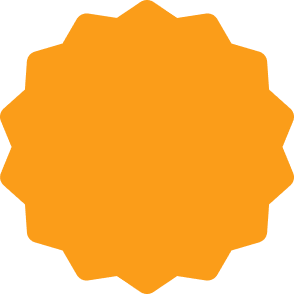







 Global Shipping
Global Shipping


 Made in USA
Made in USA



























